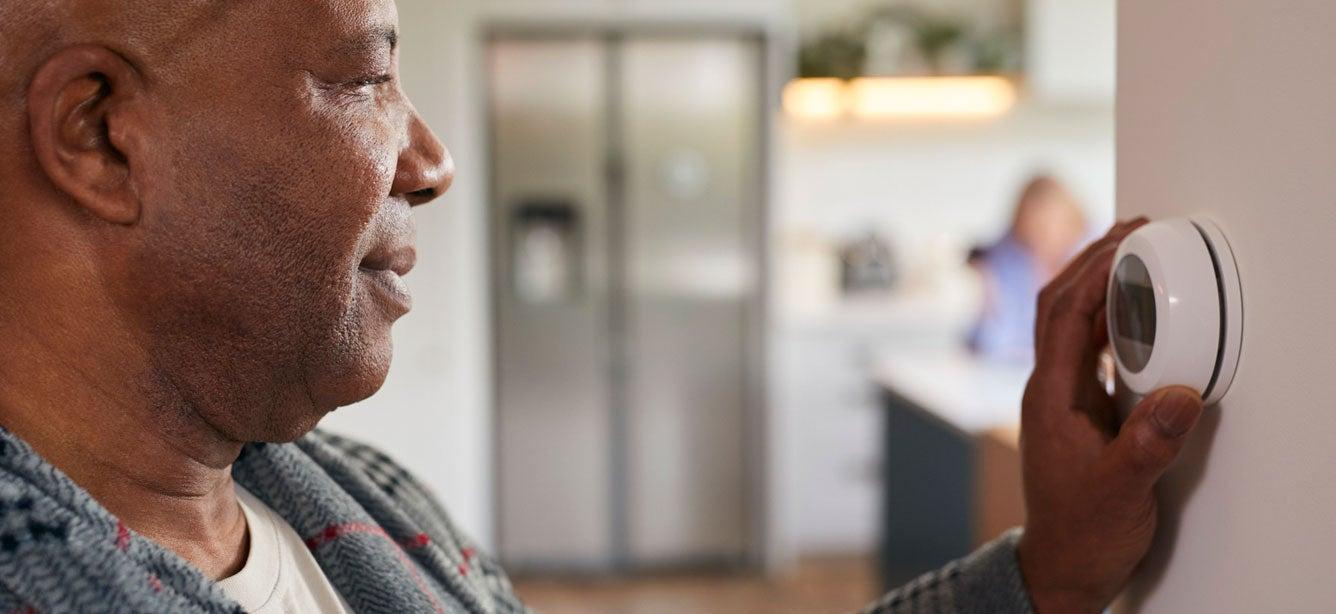
NCOA's network of Benefits Enrollment Centers (BECs), supported through a grant from the U.S. Administration for Community Living (ACL), can offer numerous replicable strategies to achieve success in assisting low-income Medicare beneficiaries with enrolling in benefits. But sometimes failures provide useful lessons as well. Here are several tips from BECs who learned the hard way what to do when setting up benefits outreach and enrollment activities.
1. Take time to build trust with your target audience
At Isabella Geriatric Center in New York City, benefits specialists attempted to bring “SNAP on the Road” at several senior centers to help older adults apply for the Supplemental Nutrition Assistance Program. However, insufficient time was spent gaining the trust of the people living in the senior center communities; they did not participate and the project goals were not met. Carol Ban, Director of Aging in Place Programs at Isabella noted, “It would have been more effective to simplify the approach by focusing on one senior center, with a steady weekly presence, and engaging the community to build trust.”
Alivio Medical Center in Chicago, IL had a similar experience. When staff didn’t take the time to build a relationship in the community, potential beneficiaries did not reach out to the BEC. “Simply posting information about the Center’s work in a church bulletin is not enough,” said Susan Vega, Senior Programs Manager at Alivio. “It takes time to build meaningful relationships so that people truly understand who you are and what services you are providing.”
2. Don’t assume that referral partners understand their role
The Arc of Prince George’s County (PGC) in Maryland had three established grant partners under their BEC and believed that with a reach of 10,000 potential beneficiaries, these partners would bring in at least 75% of their referrals. However, when the referrals weren’t coming in the Arc of PGC realized that partners needed more support and guidance.
Melonee Clark, Outreach and Resource Program Administrator at the Arc of PGC observed that “once we did several in-staff in-person presentations, referrals began to increase. We established one-on-one meetings with the leadership teams of partners as well as with their staff. Due to high turnover rates for case managers within our grant partner agencies, we needed to do multiple follow-up and face-to-face trainings at their staff meetings.”
3. Find ways to serve clients after hours
The Chicago-based Hana Center found that many of the potential beneficiaries among their target Asian immigrant population weren’t coming into the Center during the day because they are small business owners and only have time at night or on the weekends for a screening or follow-up assistance. As such, the Center adapted its hours so as not to be restricted by a typical Monday through Friday, 9-5 schedule of operation.
Lindsey Kahney, Community Engagement and Benefits Access Specialist at AgeOptions in Cook County, IL noted that a voicemail system is critical to ensuring that staff never miss a client. Clients then know they can always reach out to call the BEC’s number even if a volunteer isn’t available to answer the call.
4. Send reminders about supplemental documentation
When Elder Law of Michigan conducted data analysis about the success of their clients’ applications, it revealed that some applications going to the state weren’t approved because supplemental documents from applicants had not been submitted on time. To help remind applicants to meet deadlines, a text message reminder system was created. The screening process includes a question about having a cell phone and if the BEC can use that phone number. The BEC found, however, that a lot of seniors do not have a cell phone or are not comfortable disclosing their phone number.


